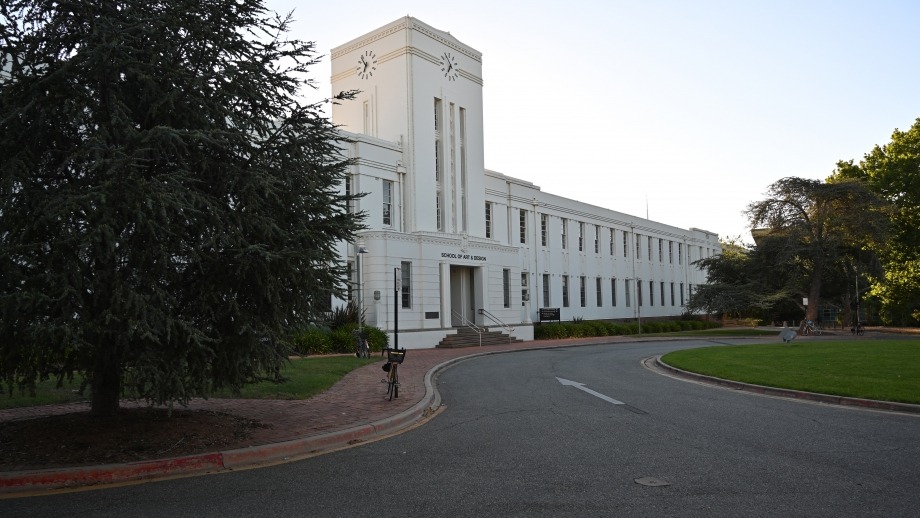Our History

Image: Jean-Philippe Demarais
The ANU School of Art & Design has built an international reputation as a leader in art and design, attracting staff and students from Australia and the world. While the School has operated as a separate entity only since 1976 and did not formally amalgamate into the Australian National University until 1992, its roots go back over a further thirty years to the 1940’s.
It was in 1941 that art classes were first proposed as an option at Canberra Technical College, and the first art classes were held in 1942. Full-time studies in Stage 1 Pre Diploma of Art course was established in 1965, at what by now was referred to as the ‘School of Art.’ In 1969, The Canberra Technical College’s Schools of Art and Biological Sciences moved to the former Canberra High School site, and this is the School’s main building today. In 1975, the Commonwealth Government gave approval for the establishment of a Canberra School of Art separate from its association with the Canberra Technical College, and the following year, Canberra School of Art commenced functioning in its own right. In January 2006, the Faculty of Arts (including School of Art) incorporated into the new Australian National University College of Arts and Social Sciences. In 2016, the School of Art introduced a new and structured Bachelor of Design into its curriculum, and officially changed its name to School of Art & Design.
The School of Art & Design now employs over 70 distinguished academics and research staff, technical and administration staff, and has over 700 enrolled students from all around the globe.
The School produces some of Australia’s most awarded and internationally celebrated artists, designers, curators, and art historians. Alumni of note include Hannah Gadsby, Daniel Boyd, Miriam Kelly, Dean Cross, Taloi Havini, Danie Mellor, Claudia Chaseling, Robert Foster and many others.
You can read more about the development of the School of Art & Design in, ‘The Australian National University SCHOOL OF ART: A history of the first 65 years’ by Michael Agostino.
A free downloadable version can be found here.